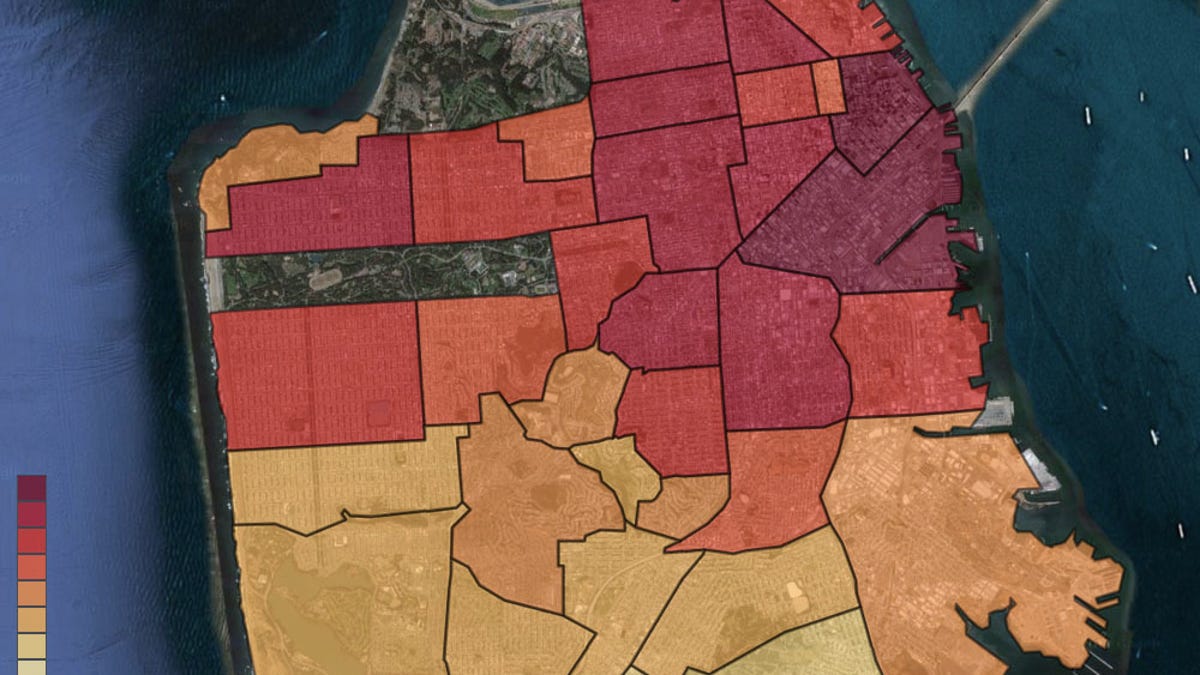Car service Uber raises $32 million, launches in Paris
The startup, which hopes smartphones will ease the pains of finding and paying for taxis, is funding its expansion to Europe.

PARIS--Uber, a service that lets people use their smartphones to order and pay for car transportation, has raised $32 million in funding and launched its service in Europe.
At the LeWeb conference here, Chief Executive Travis Kalanick announced that Paris is the first city in Europe where the service works. The company plans to extend to two new cities a month now, reaching "around 25 cities in the next 13 to 14 months."
Expansion costs money, and the company just got a lot more: $32 million in a new round of funding led by Menlo Ventures. Also participating is Bezos Expeditions, Goldman Sachs, and some earlier investors. There's an option to expand to $39 million if necessary.
"Having financial players up to speed on what we do is obviously good for us," Kalanick said of Goldman Sachs' involvement. And Uber is in it for the long term, he said, not a quick sale. "For investors that means an exit more like an IPO."
Uber has an electronic interface that aims to ease the pain involved in using taxis and other private transportation services--chiefly ordering cars and paying. "You push a button and the car comes," as Kalanick promotes his service.
But a huge amount of what the company does is old-era business: hiring people to drive cars. The company uses others' services, with about a half to a third of drivers dedicated to Uber, with the rest joining in to boost business during lulls, Kalanick said.
The company charges a premium for its convenience, though, with fares costing 50 percent to 75 percent more than a conventional taxi, he said. It's 75 percent in Paris, where taxis charge from the moment they're ordered to arrive, not just when they're actually shuttling passengers.
Scaling up the service isn't trivial, though. The company offered free rides to LeWeb attendees, but had to withdraw the freebie for many people when it was overwhelmed by demand.

